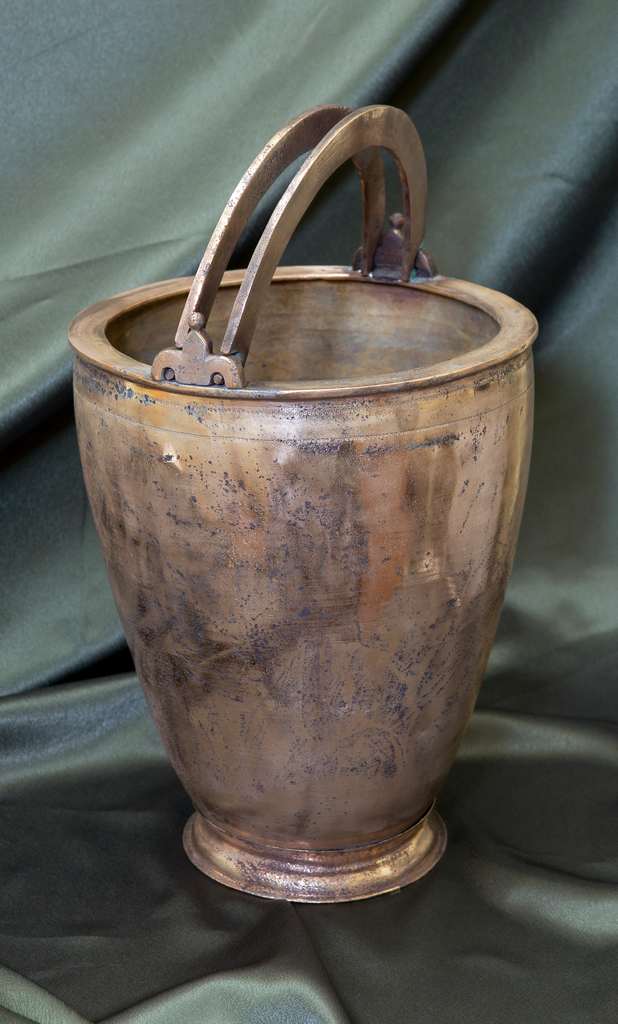International relations
In the spirit of development and expansion of cooperation in scientific research and promotion of cultural heritage, between the National Museum of History of Moldova and similar institutions in other countries there were concluded the following agreements:
- Agreement of scientific cooperation between the National Museum of Archaeology and History of Moldova (Chisinau, Republic of Moldova) and Eurasien Abteilung des Deutschen Archeologichen Institutes (Berlin, Germany), March 23, 2007
- Agreement of cooperation between the Institute of Archaeology, Iași, from the structure of the Romanian Academy, and the National Museum of Archaeology and History of Moldova, from the structure of the Academy of Sciences of Moldova, April 11, 2007
- Agreement of cooperation between the National Museum of Archaeology and History of Moldova and the Odessa Museum of Archaeology of the National Academy of Sciences of Ukraine, April 12, 2007
- Agreement of partnership between the District Museum of Mures (Romania), the Department of History, and the National Museum of Archaeology and History of Moldova, May 4, 2007
- Agreement of partnership between the National Museum of Archaeology and History of Moldova and the Museum of History of Transylvania (Cluj-Napoca, Romania) the District Museum Complex of Neamt (Piatra-Neamt, Romania), the National Museum of the Eastern Carpathians (Sfantu Gheorghe, Romania), May 14, 2007
- Agreement of museum and scientific collaboration between the National Museum of Archaeology and History of Moldova (Chisinau, Republic of Moldova) and the National Museum Complex “Moldova” (Iasi, Romania), February 4, 2008
- Agreement of collaboration between the National Museum of History of Ukraine and the National Museum of Archaeology and History of Moldova, October 17, 2008
- Agreement of collaboration between the National Museum of Archaeology and History of Moldova and the National Museum of History of Romania, October 20, 2008
- Record of collaboration between the National Museum of Archaeology and History of Moldova (Chisinau, Republic of Moldova) and the Commercial and Cultural Centre GEOPAN (Burgas, Bulgaria), November 7, 2008
- Agreement of museum and scientific collaboration between the National Museum of Archaeology and History of Moldova (Chisinau, Republic of Moldova) and the Museum “Vasile Parvan” (Barlad, Romania), December 1, 2008
- Agreement of collaboration between the Institute of Archaeology “Vasile Parvan” from the structure of the Romanian Academy and the National Museum of Archaeology and History of Moldova from the structure of the Academy of Sciences of Moldova, December 10, 2008
- Agreement of collaboration between the National Museum of Archaeology and History of Moldova and the Institute of Material Culture of the Academy of Sciences of Russia, December 1, 2008
- Agreement of collaboration between the National Museum of Archaeology and History of Moldova and Museum Europischer Staatliche Museen zu Berlin, Germany, January 10, 2009Collaboration agreement between the Institute of Archaeology „Vasile Pârvan" from the structure of the Romanian Academy and the National Museum of History of Moldova, signed on November 12th, 2012. The agreement provides for the organization of research programmers with topics of common interest
- Collaboration agreement signed between the National Museum of History of Moldova and the County Museum „Ştefan cel Mare", Vaslui (Romania), on December 4th, 2012. The object of the agreement is inter-museum cooperation with the aim to make more effective the activities of research and promotion of cultural heritage
- Collaboration agreement signed between the National Museum of History of Moldova and the Museum of National History and Archaeology from Constanța (Romania), on October 7th, 2013. The agreement provides for the organization of some common activities, mutually beneficial, in fields of scientific research and museology
- Collaboration agreement between the German Institute of Archaeology (Berlin) and the National Museum of History of Moldova regarding the common publication of archaeological research results, signed on November 4th, 2013
- Collaboration agreement signed between the National Museum of History of Moldova and the Cultural-Historic and Natural Reserve „Kiev-Pechersk", Ukraine, regarding research and valorization of cultural heritage, January 15, 2014
- Collaboration agreement between the National Museum of History of Moldova and the Museum of Archaeology from Odessa, Ukraine, regarding archaeological research and participation at scientific events, June 27, 2014
- Collaboration agreement between the National Museum of History from Moldova and the Museum of Ethnography from Saint Petersburg, Russia, regarding research of ethnographic heritage collections and publication of volume „Bulgarians", 2015
- Collaboration agreement between the National Museum of History of Moldova and the Museum of Archaeology from Batumi, Georgia, February 26, 2015. The agreement provides for participation in common research and scientific events
- Collaboration agreement with the Institute of Archaeology „Vasile Pârvan" from the Romanian Academy, regarding scientific research, organization of common scientific events and exchange of publications, March 31, 2015
- Loan contract signed between the National Museum of History of Moldova and the National Museum Complex „Moldova" from Iași, Romania, regarding the organization of temporary exhibition „Heritage values from the collections of the Museum of Science and Technique Ștefan Procopiu", July 25, 2015
- Collaboration agreement between the National Museum of History of Moldova and the Czech Center from Bucharest regarding the organization of the temporary exhibition „Portrait of Václav Havel" in Chișinău, December 7, 2015
- Contract for submission signed between the National Museum of History of Moldova and Herendi Porcelánmanufaktúra Zrt., Hungary, regarding the organization of exhibition „Herend Glow", April 29, 2016
- Partnership contract between the National Museum of History of Moldova and the Polish Institute from Bucharest regarding the organization of exhibition „War in Polish poster. Krzysztof Dydo Collection", May 20, 2016
- Collaboration Agreement between the National Museum of History of Moldova and the Academy of Science of Republic of Tatarstan regarding archaeological research and exchange of publications, June 2, 2016
- Collaboration agreement with Sachsen-Anhalt Land and Prehistoric Museum from Halle, Germany, regarding participation in common archaeological research projects, June 6, 2016
- Agreement of cooperation between the National Museum of History of Moldova and "Stefan cel Mare" University of Suceava, Romania, 08.04.2019
- Agreement of cooperation between the National Museum of History of Moldova and the Bucharest Museum, 13.03.2019
- Partnership Agreement between the National Museum of History of Moldova and the Țării Crișurilor Museum - Museum Complex, November 3, 2022
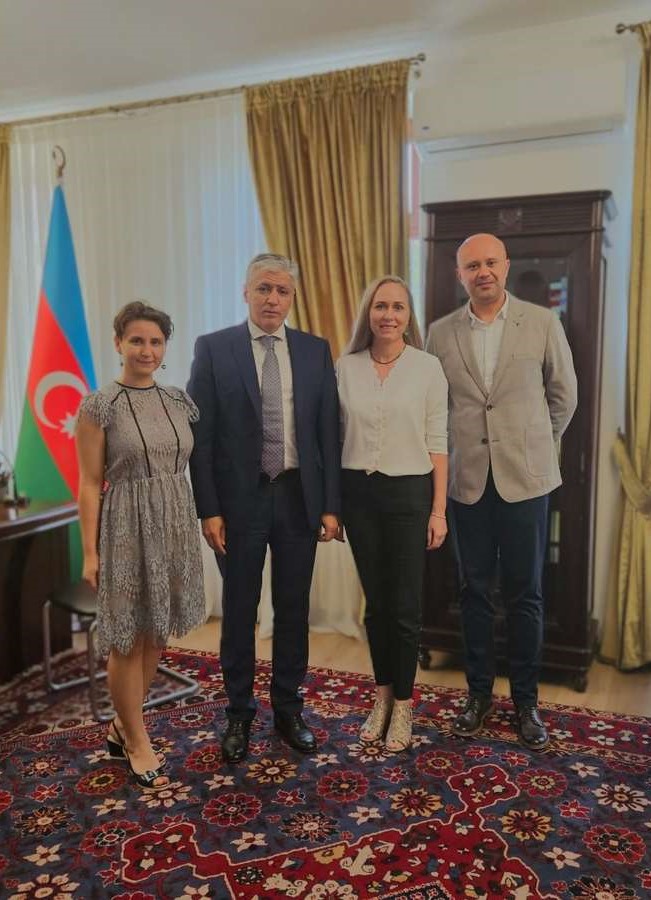
Visit of the Deputy Directors of NMHM to the Embassy of the Republic of Azerbaijan in the Republic of Moldova
June 10, 2025
On June 10, the Deputy Directors of the National Museum of History of Moldova-Alexandru Argint, Olga Andranovici, and Livia Ermurachi - met with His Excellency Ambassador Ulvi Bakhshaliyev at the Embassy of the Republic of Azerbaijan in the Republic of Moldova. The visit was dedicated to strengthening cultural diplomacy and enhancing bilateral cooperation...
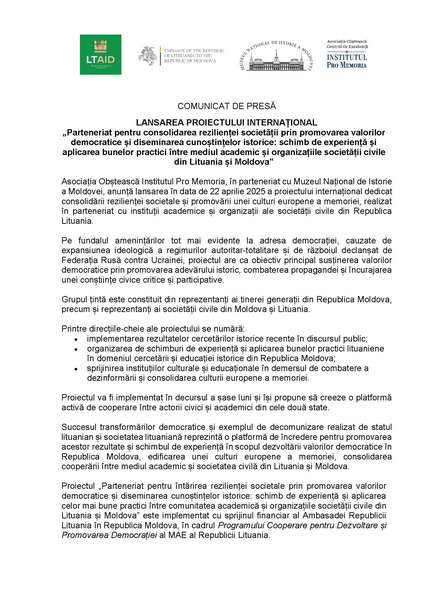
THE LAUNCH OF NEW INTERNATIONAL PROJECT ”Partnership for strengthening societal resilience through the promotion of democratic values and the dissemination of historical knowledge: exchange of experience and application of best practices between the academic community and civil society organizations from Lithuania and Moldova”
April 22, 2025
The National Museum of History of Moldova, in partnership with the Public Association Institute Pro Memoria, announces the launch on April 22, 2025 of the international project dedicated to strengthening societal resilience and promoting a European culture of memory, carried out in partnership with academic institutions and civil society organizations from the Republic of Lithuania...
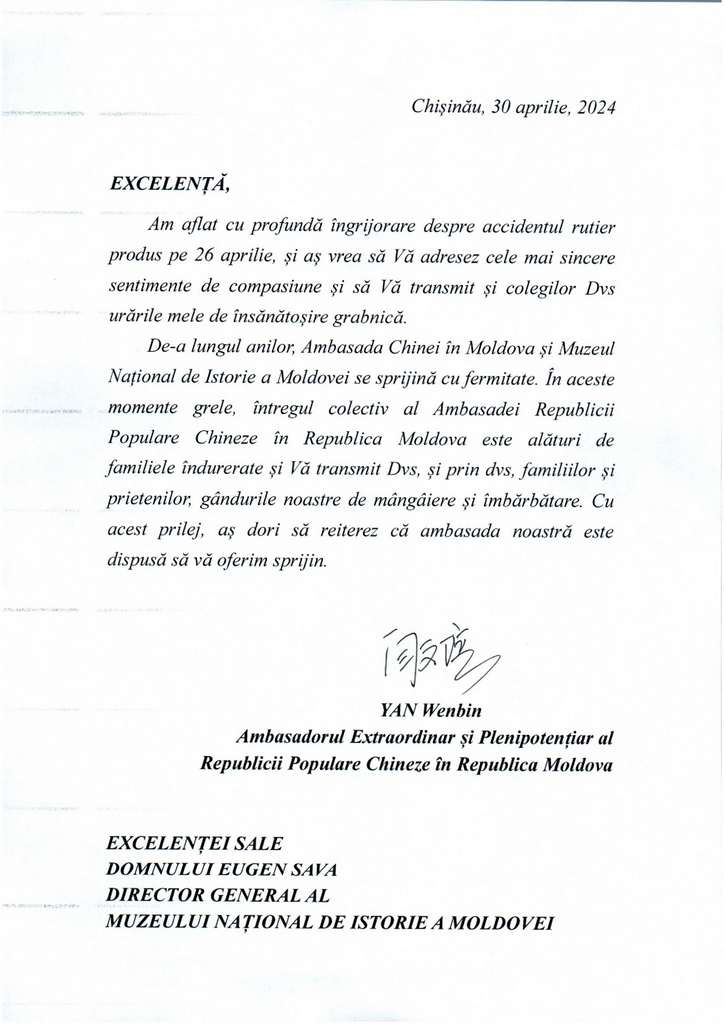
The message of the ambassador of the People's Republic of China to the Republic of Moldova H.E. Mr. Yan Wenbin to NMHM
April 30, 2024
In the context of the road accident that occurred on April 26, in which the employees of the National Museum of History of Moldova were returning from a trip from Căușeni district, the ambassador of the People's Republic of China to the Republic of Moldova H.E. Mr. Yan Wenbin issued a letter expressing his support and encouragement to those who suffered that day...
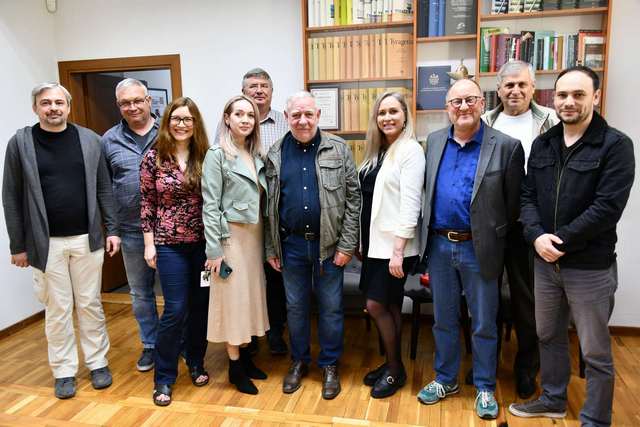
Freie Universität Berlin delegation visit to NMHM
April 8, 2024
On April 8, the National Museum of History of Moldova hosted the visit of our colleagues from Freie Universität Berlin, represented by Mr. Michael Meyer and Ms. Henny Piezonka...
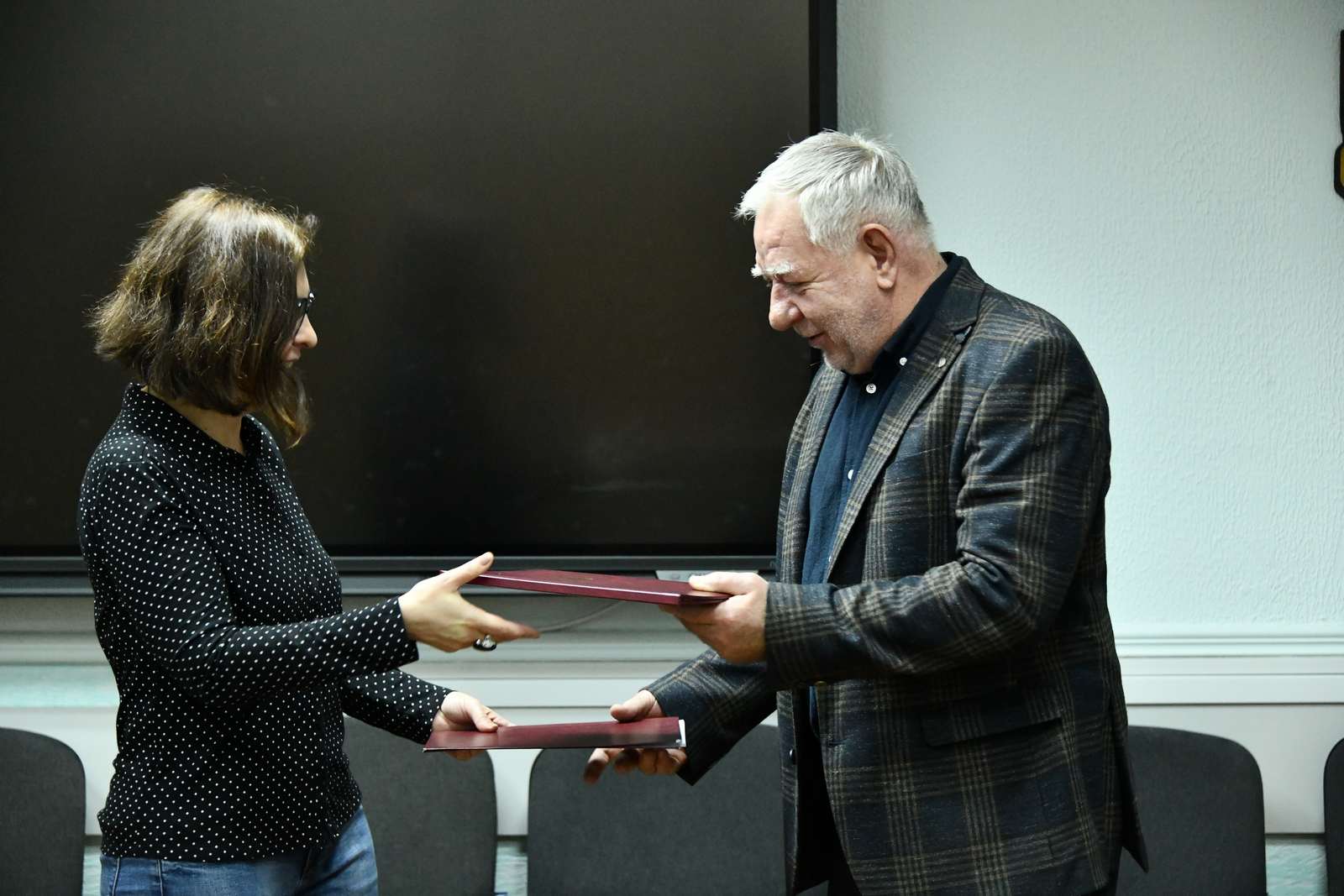
Signing of the Partnership Agreement between the National History Museum of Moldova and the Romanian Civic Academy Foundation
April 2, 2024
On April 2, 2024, the official transmission of the Partnership Agreement between the National Museum of History of Moldova and the Civic Academy Foundation from Romania took place.The parties were represented by the General Director of the National History Museum of Moldova, dr. hab. Eugen Sava and the Executive Director of the Romanian Civic Academy Foundation, dr. Ioana Boca...
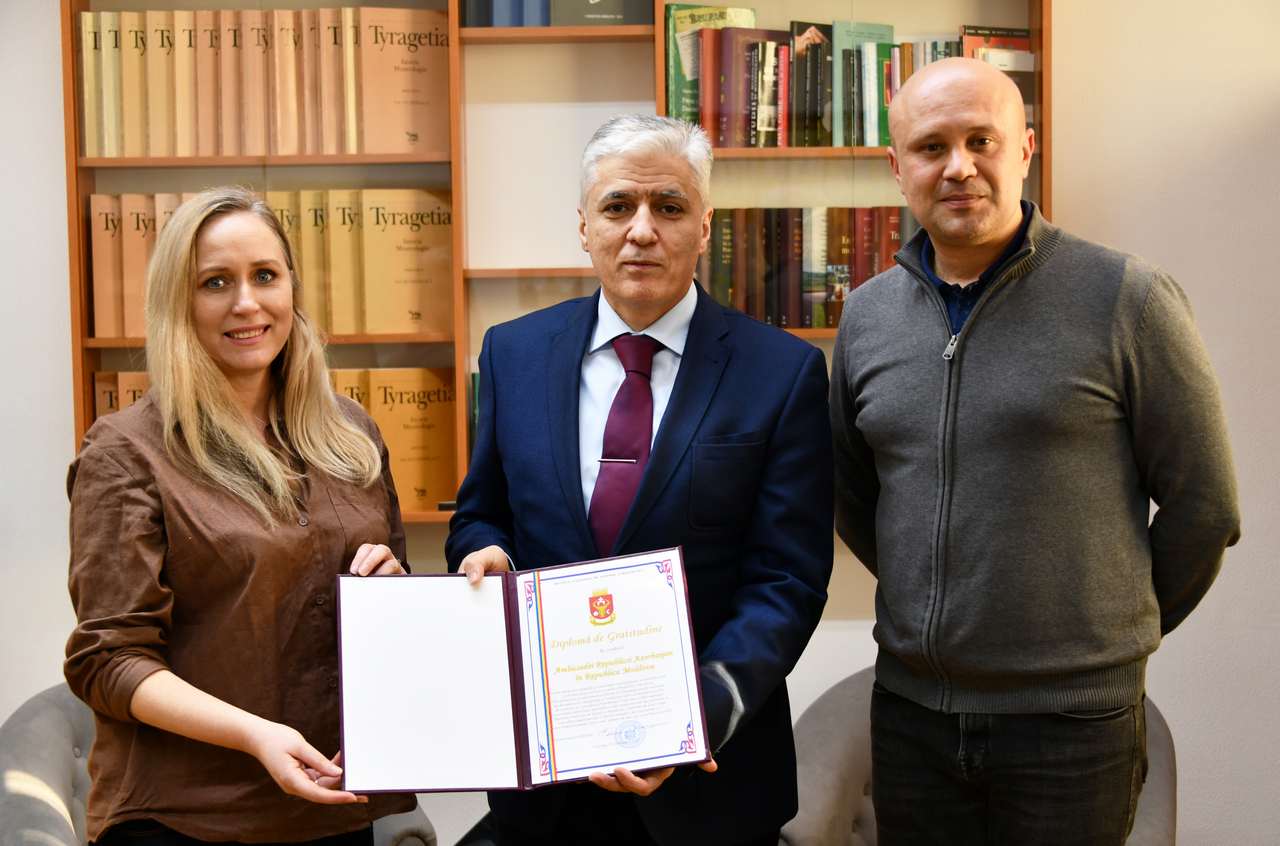
The visit of the Ambassador of the Republic of Azerbaijan to the Republic of Moldova, H.E. Ulvi Bakhshaliyev at the National Museum of History of Moldova
February 21, 2023
On February 21, 2024, the visit of the Ambassador of the Republic of Azerbaijan to the Republic of Moldova, H.E. Ulvi Bakhshaliyev at the National Museum of History of Moldova. The purpose of the visit was to get familiar with the activity of the National Museum of History of Moldova and to strengthen relations between the two institutions...
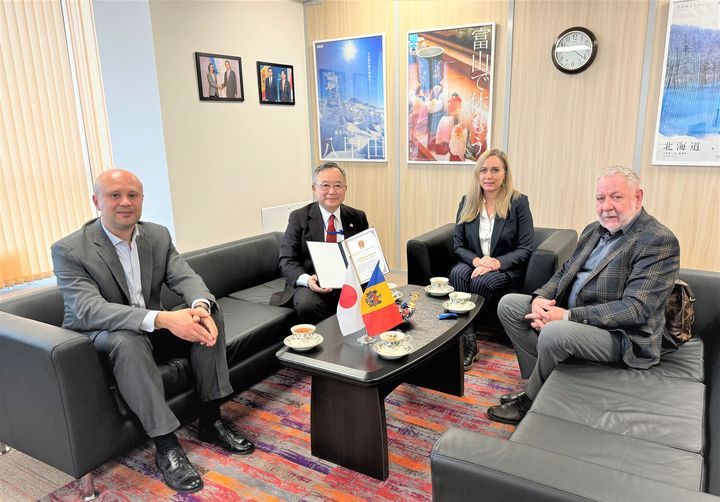
The visit of the NMHM management to the Embassy of Japan in the Republic of Moldova
January 19, 2024
On January 19, the General Director of the National Museum of History of Moldova, dr. hab. Eugen Sava and Deputy Directors Alexandru Argint and Livia Ermurachi, paid a visit to the Embassy of Japan in the Republic of Moldova...
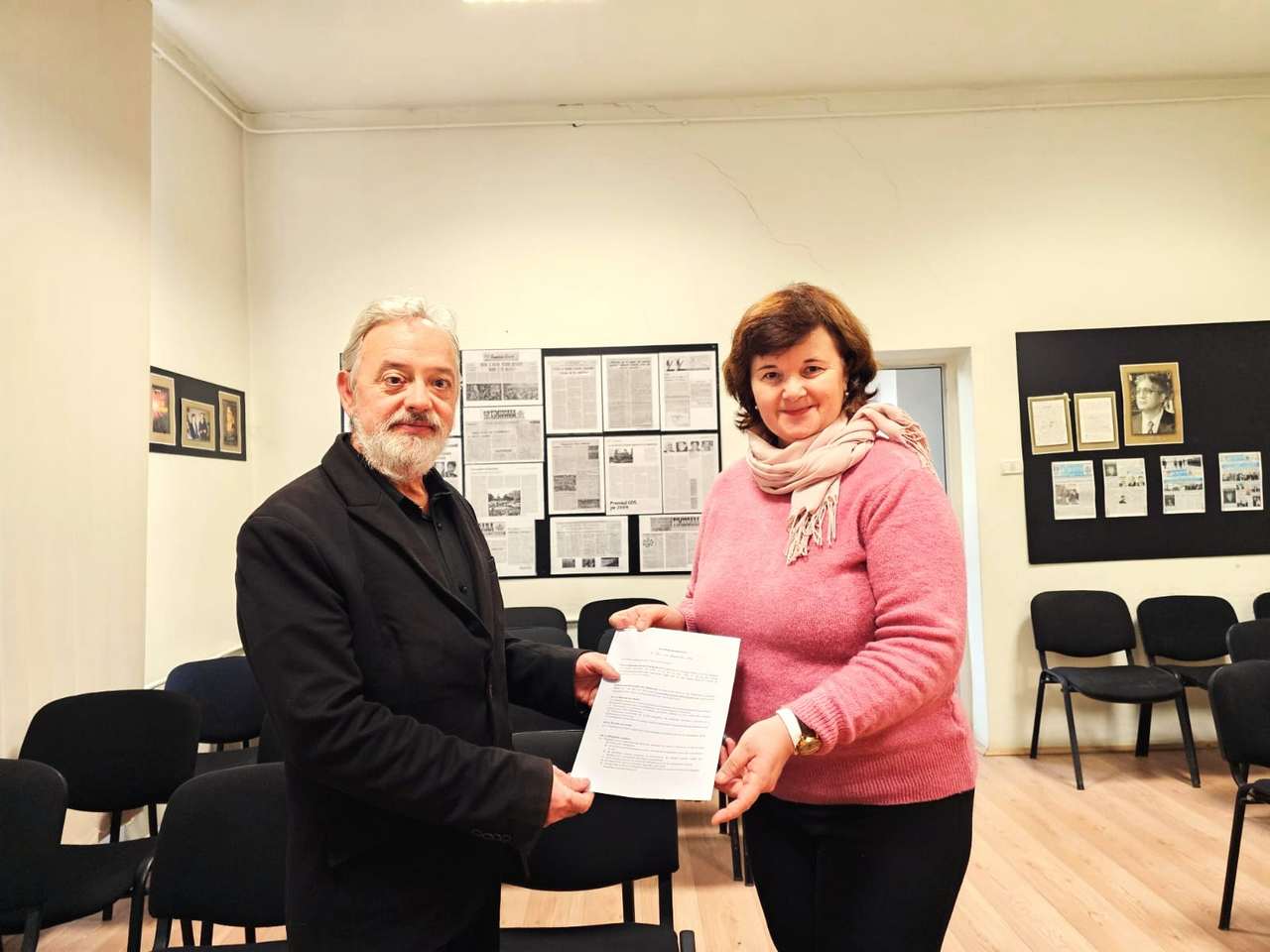
Signing of the Partnership Agreement between the National Museum of History of Moldova and the Memorial of the Revolution in Timisoara
December 10, 2023
On December 10, 2023, the official transmission of the Partnership Agreement between the National Museum of History of Moldova and the Memorial of Revolution in Timișoara took place.The parties were represented by the Head of the Museum of Victims of Deportations and Political Repression branch of the National Museum of History of Moldova, Dr. Ludmila D. Cojocaru and the Director of the Memorial of the Revolution in Timișoara, Mr. Gino Rado...
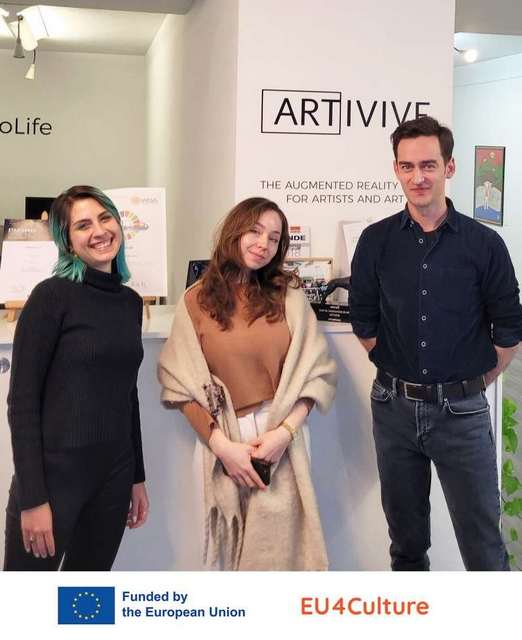
Working visit of senior communication specialist Sorin Șclearuc to Vienna, Austria
The EU4Culture project
November 11-20, 2023
Between November 11-20, 2023, our colleague Sorin Șclearuc, main communication specialist at the National Museum of History of Moldova, paid a working visit to the Artivive company in Vienna, Austria. The move was financially supported by a short-term mobility grant under the #EU4Culture programme...
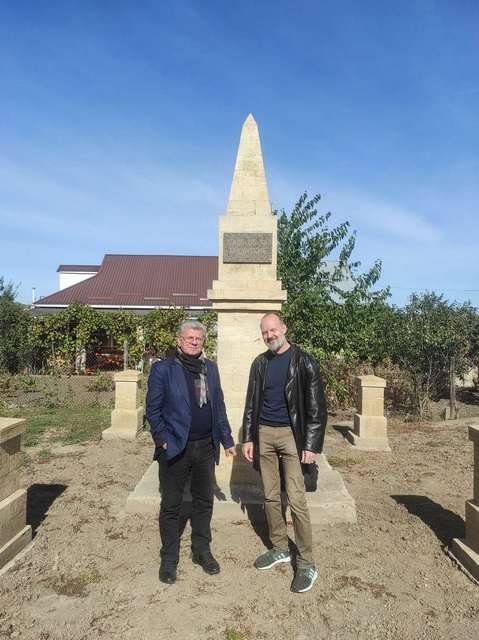
Visit of researcher Jan Mispelaere from the Royal Swedish Archives to the National Museum of History of Moldova
October 9-10, 2023
During October 9-10, 2023, the National Museum of History of Moldova had the pleasure of hosting the visit of researcher Dr. Jan Mispelaere from Riksarkivet (Royal Swedish Archives). Dr. Mispelaere, concerned with the Moldavian-Swedish history, visited the museum in order to carry out research in connection with the historical site "Camp of the Swedish King Charles XII" in Varnița commune, Republic of Moldova...
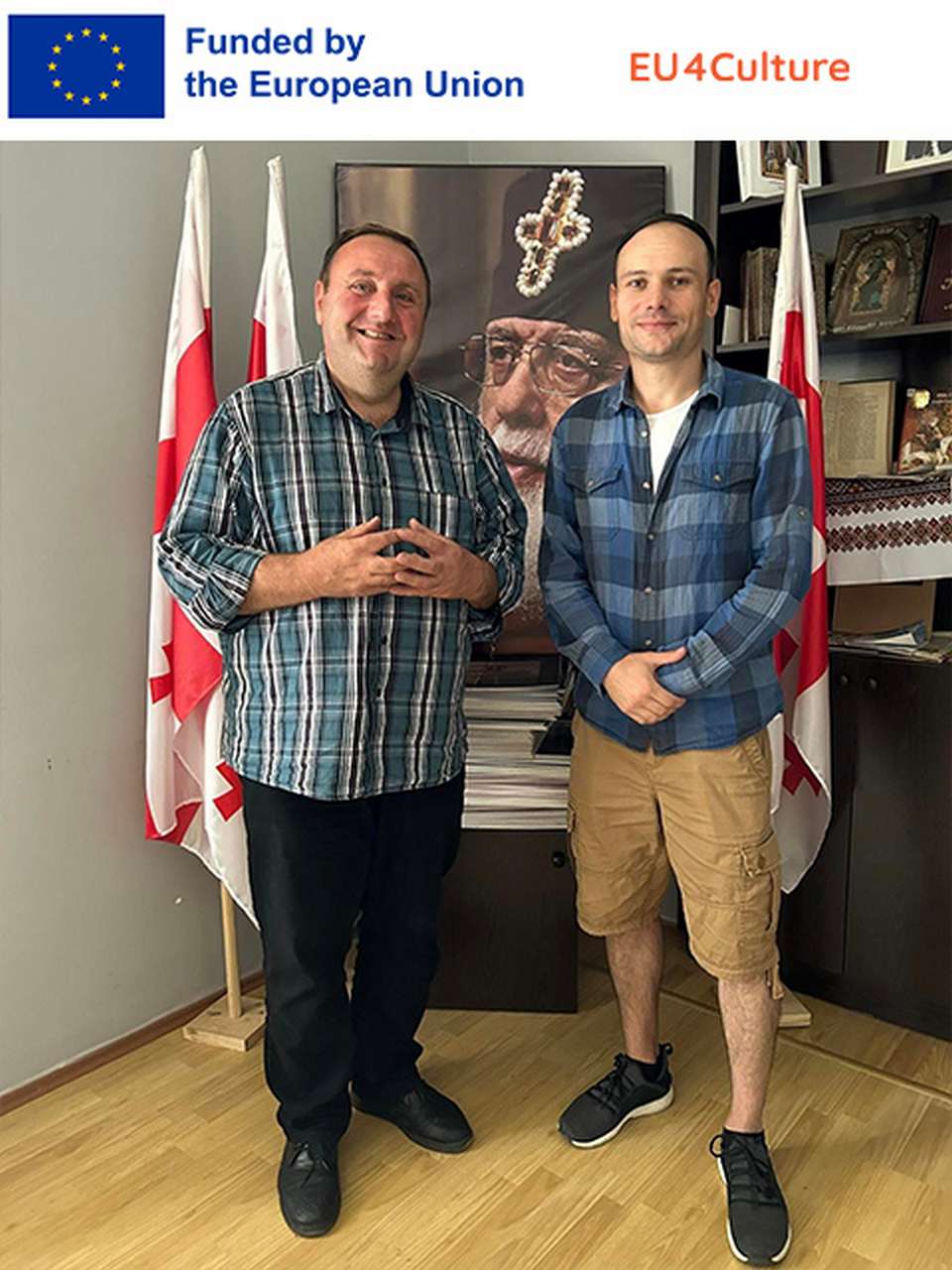
The working visit of scientific researcher Eugeniu Mistreanu in Kobuleti, Republic of Georgia
The EU4Culture project
18-25 September 2023
Between 18.09.2023 - 25.09.2023, our colleague Eugeniu Mistreanu, scientific researcher in the Archeology sector of the National Museum of History of Moldova, undertook a working visit to Kobuleti, Republic of Georgia. The move was financially supported by a short-term mobility grant from the European EU4Culture program...
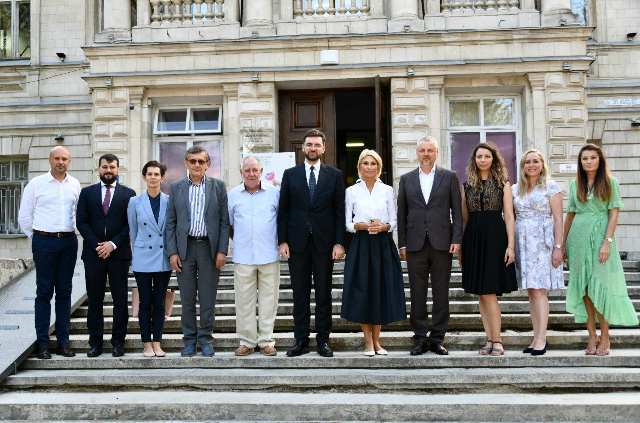
The visit to NMHM of Mrs. Raluca Turcan, Minister of Culture of Romania
August 30, 2023
On August 30, we were honored to receive at the National Museum of History of Moldova the visit of Mrs. Raluca Turcan, Minister of Culture of Romania, accompanied by Mr. Sergiu Prodan, Minister of Culture of the Republic of Moldova and Mr. Narcis Afrăsinei, Deputy Director of the Romanian Cultural Institute "Mihai Eminescu" in Chisinau...
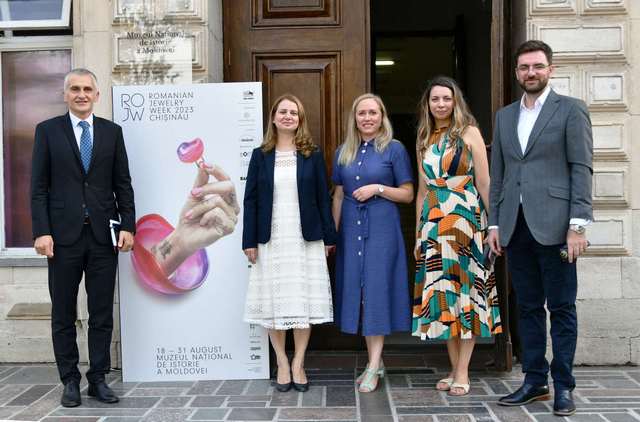
The visit to NMHM of Mrs. Ligia Deca, Minister of Education of Romania
August 29, 2023
On August 29, at the National Museum of History of Moldova, we had the honor of receiving the visit of the Minister of Education from Romania, Mrs. Ligia Deca, accompanied by Mr. Narcis Afrăsinei, the deputy director of the "Mihai Eminescu" Romanian Cultural Institute in Chisinau and Mr. Ovidiu Naftănăilă, first collaborator at the Embassy of Romania in the Republic of Moldova...
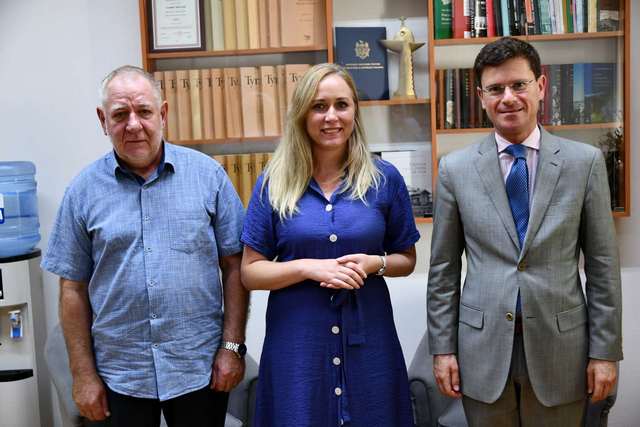
Visit to MNIM by Mr. Juan Manuel Vilaplana Lopez, Charge d'Affairs ad Interim of the Spanish Embassy in the Republic of Moldova
August 29, 2023
On August 29, the National Museum of History of Moldova received the visit of Mr. Juan Manuel Vilaplana Lopez, Charge d'Affairs ad Interim of the Spanish Embassy in the Republic of Moldova.During the visit, Mr. Juan Manuel Vilaplana Lopez had a meeting with the General Director of NMHM, Mr. Eugen Sava and the Deputy Director of NMHM, Mrs. Livia Sîrbu. They had a fruitful discussion regarding the cooperation of the Republic of Moldova and Spain in the field of museology, historical heritage and its promotion, as well as the establishment of sustainable partnerships in this regard....
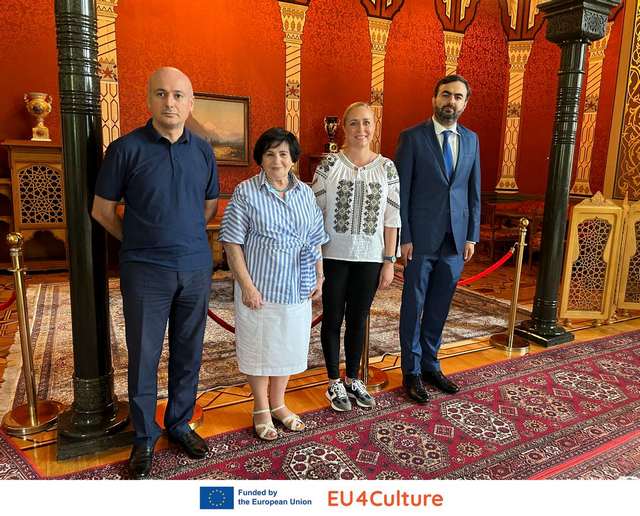
Working visit of Livia Sîrbu, Deputy Director of NMHM to Baku, Republic of Azerbaijan
The EU4Culture project
August 19-27, 2023
Between August 19-27, our colleague Livia Sîrbu, Deputy Director of the National Museum of History of Moldova, visited the city of Baku, Republic of Azerbaijan. The mobility was carried out within the EU4Culture program and aimed at the exchange of experience in the field of museum and cultural management, cultural heritage protection and sustainable development...
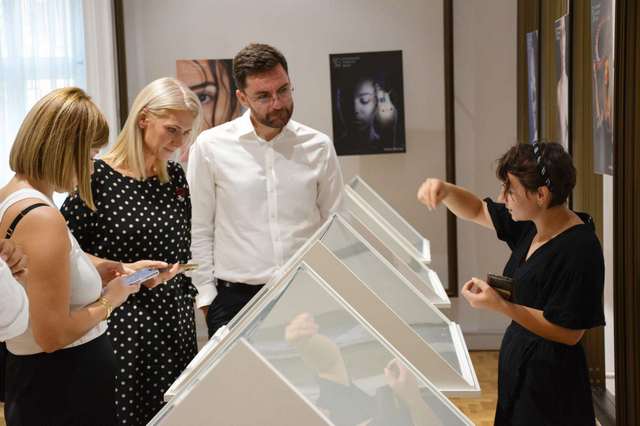
The visit to NMHM of Mrs. Alina Gorghiu, Minister of Justice of Romania
August 23, 2023
On August 23, at the National Museum of History of Moldova, we had the honor of receiving the visit of the Minister of Justice from Romania, Mrs. Alina Gorghiu, accompanied by Mr. Narcis Afrăsinei, the deputy director of the "Mihai Eminescu" Romanian Cultural Institute in Chisinau and Mrs. Cristina Frolov, president of the Constantin Mimi Foundation...
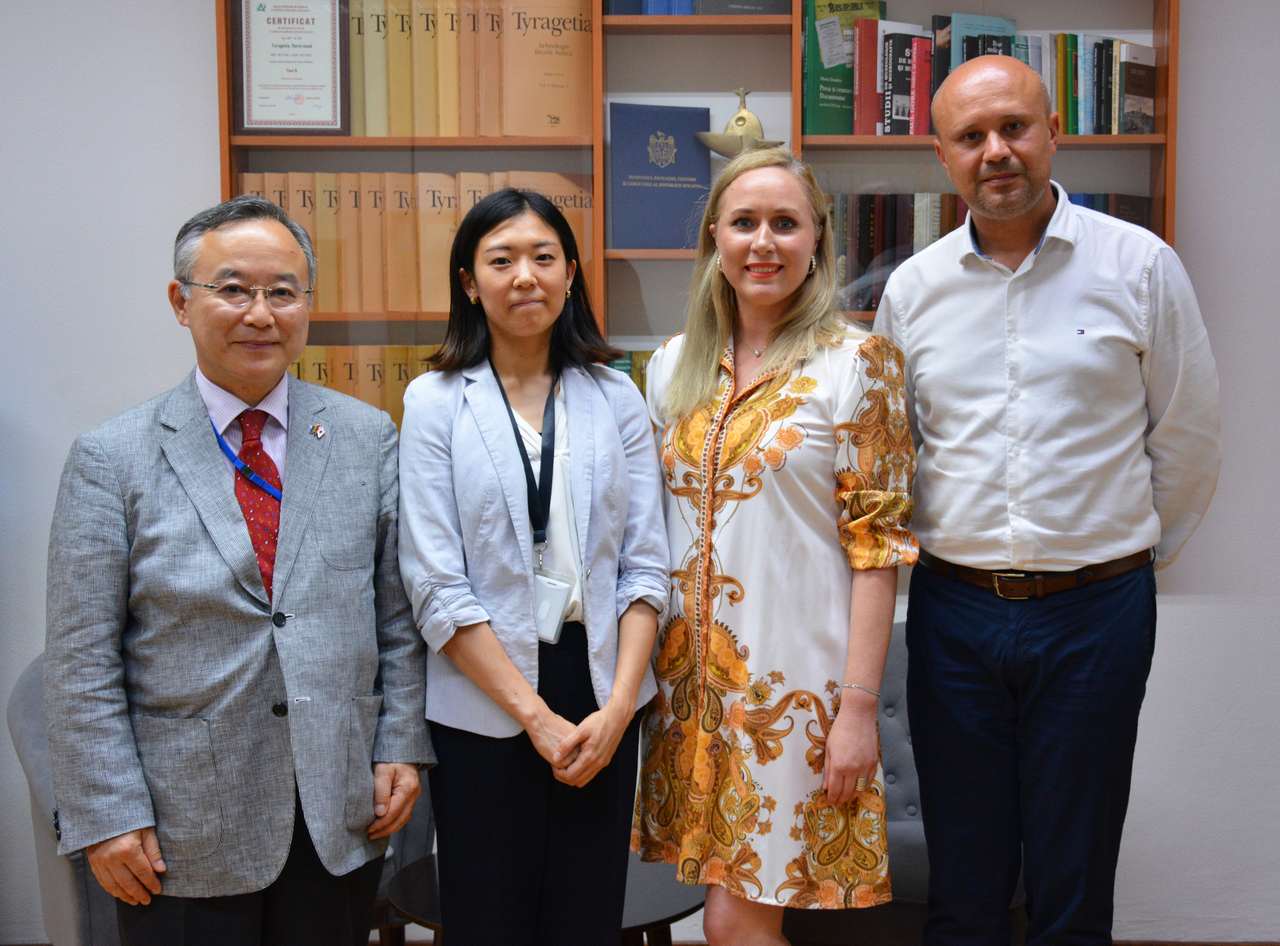
The visit of the Ambassador of Japan to Chisinau H.E. Yamada Yoichiro at the National Museum of History of Moldova
July 13, 2023
On July 13, 2023, the Ambassador of Japan in Chisinau, H.E. Yamada Yoichiro, was the guest of honor of the National Museum of History of Moldova. The purpose of the meeting was to strengthen cultural ties between Moldova and Japan through history, culture and museum education...
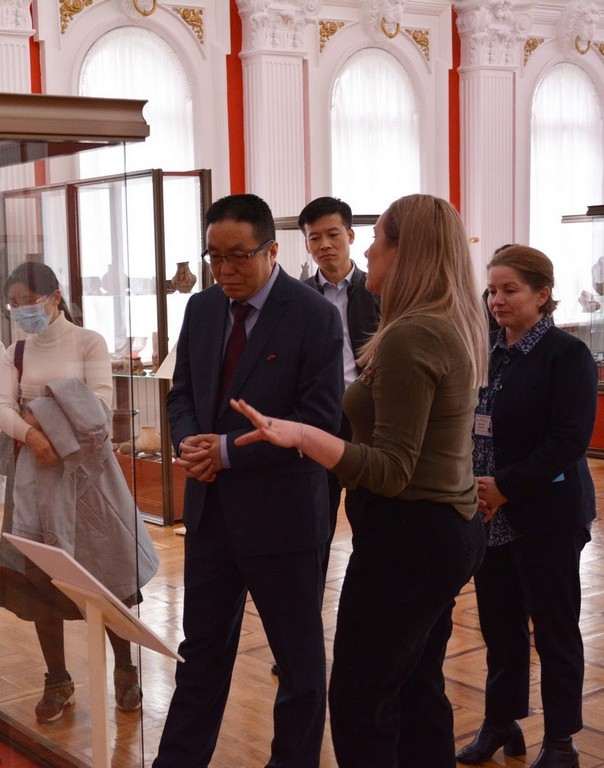
April 13, 2023
The visit of the ambassador of the People's Republic of China to Chisinau H.S. Yan Wenbin at the National Museum of History of Moldova
On April 13, 2023, the National Museum of History of Moldova had the honor of receiving the visit of H.E. Yan Wenbin, Ambassador of the People's Republic of China in Chisinau. The purpose of the meeting was to intensify cultural relations between Moldova and China through history, culture and museum education. In this regard, the organization of joint exhibitions, scientific conferences and study visits was discussed in order to deepen the exchange of experience in the field of research and museography...
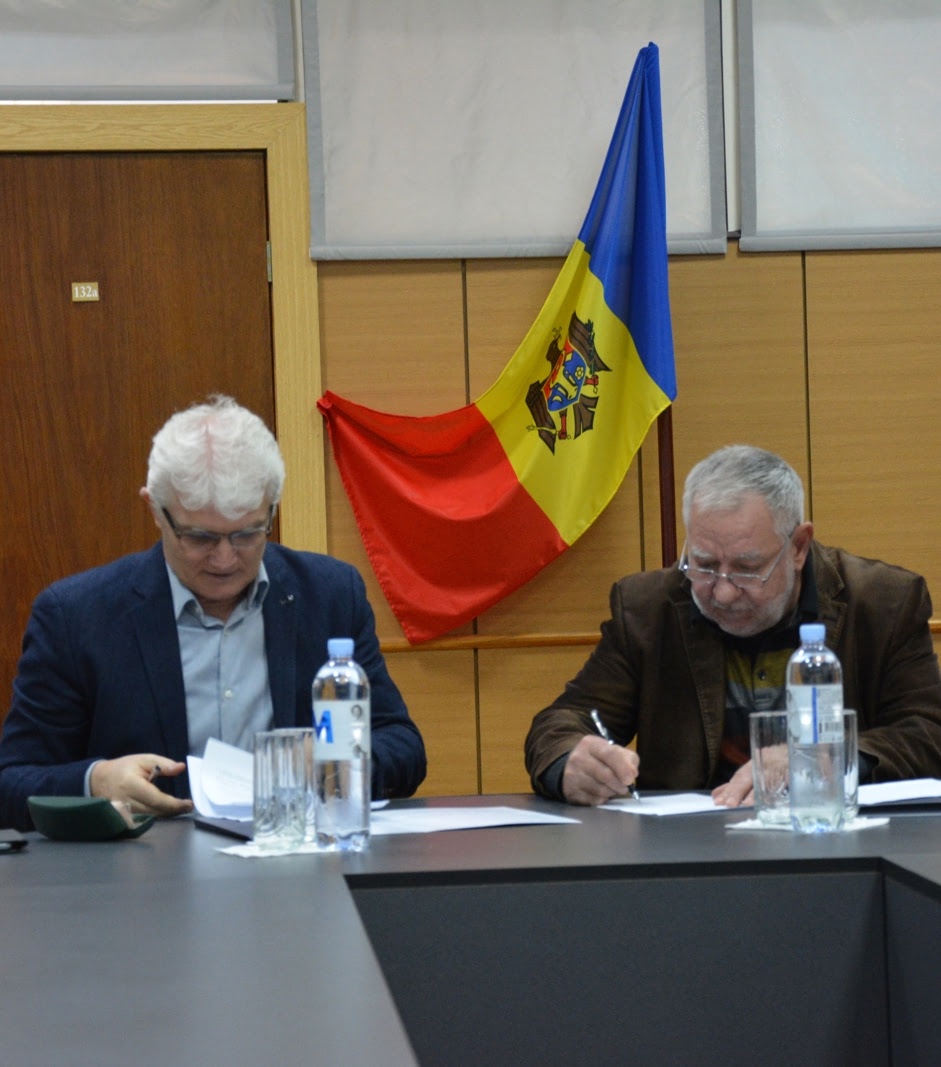
November 3, 2022
Signing of the Partnership Agreement between the National Museum of History of Moldova and the Țării Crișurilor Museum - Museum Complex
On November 3, 2022, a Partnership Agreement was signed between the National Musuem of History of Moldova and the Țării Crișurilor Museum - Museum Complex. The parties were represented by the General Director of the National Musuem of History of Moldova, dr. hab. Eugen Sava and the Manager of the Țării Crișurilor Museum - Museum Complex, univ. prof. dr. Gabriel Moisa...
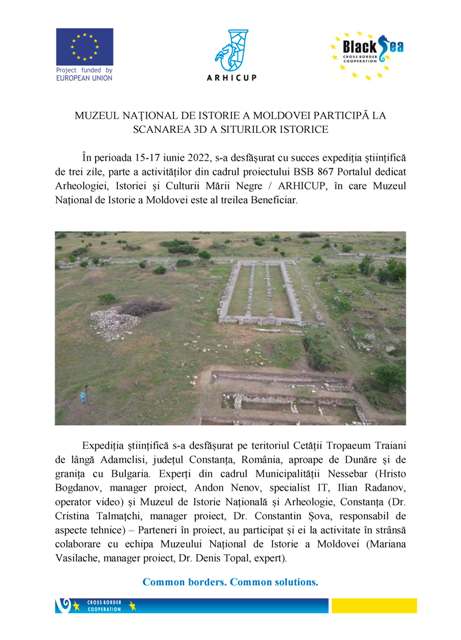
June 27, 2022
ARHICUP
Press release
...
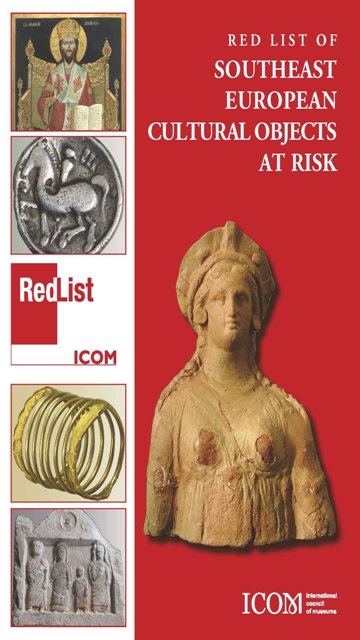
October 15th, 2021
New ICOM Red List to focus on objects from Southeast Europe
Focusing on 10 countries in Southeast Europe, ICOM worked with experts and coordinators from across the region to create a Red List which features 119 objects from 45 museums from Albania, Bosnia and Herzegovina, Bulgaria, Croatia, Montenegro, North Macedonia, Republic of Moldova, Romania, Serbia and Slovenia...
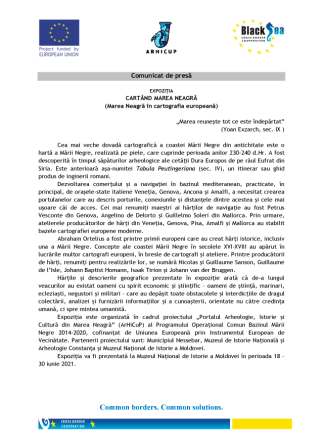
June 16, 2021
ARHICUP
Press Release
...
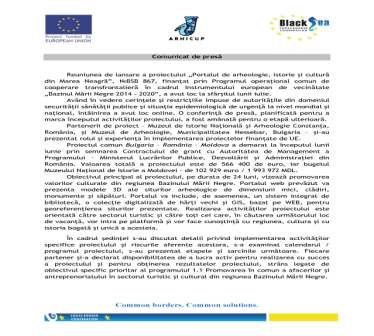
July 30, 2020
ARHICUP
Press release
...
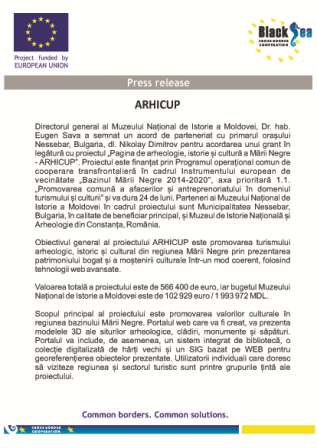
July 17, 2020
ARHICUP
Press release
...
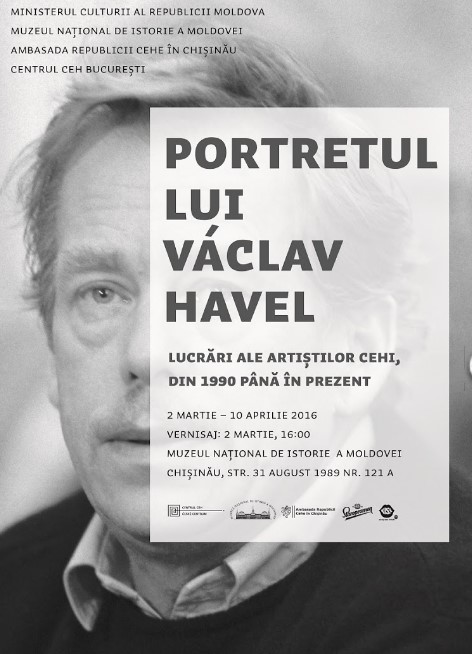
2016
From March 2 to April 10, 2016 the National Museum of History of Moldova organized an event celebrating an emblematic personality of the Czech Republic - Václav Havel. The temporary exhibition „Portrait of Václav Havel" was brought to Chișinău by the Czech Center from Bucharest...
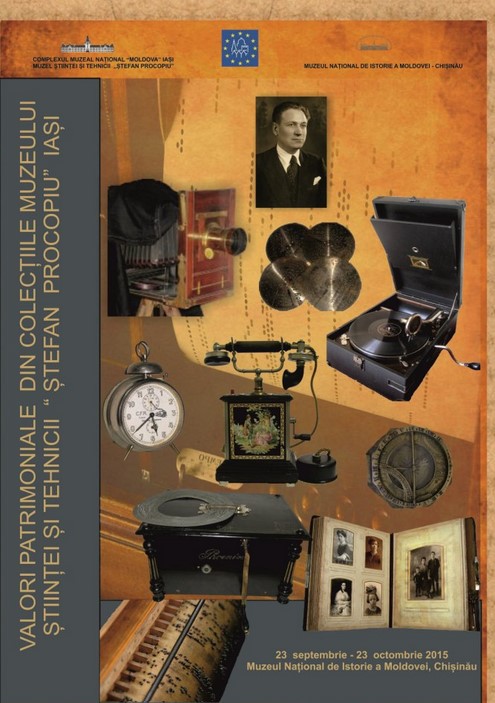
2015
Dr. hab. Elena Ploșnița, scientific secretary of the museum, participated between 22 and 27 February, 2015 at training on museum documentation in Warsaw and Gdańsk, Poland, organized and funded by the Ministry of Foreign Affairs of Poland...
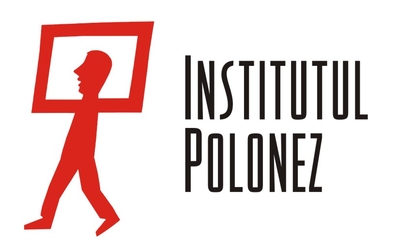
2014
In the period of November 17-21, 2014, Lilia Calughin, head of section Informatics, participated in training on digitalization of cultural heritage organized by the Polish Institute from Bucharest in Warsaw, Poland...
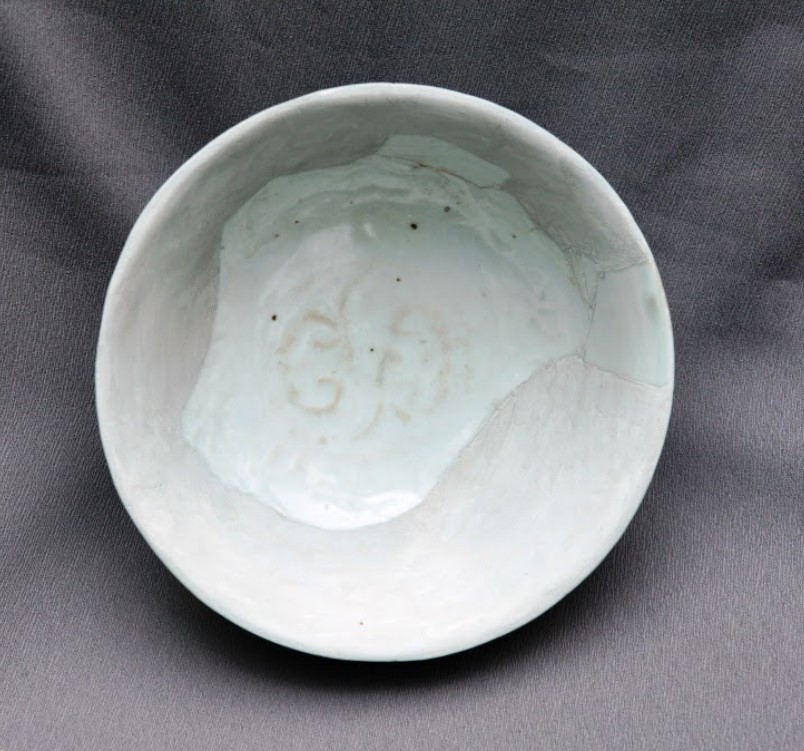
2013
The museum participated with two objects - a porcelain cup and a mirror fragment, China, 13th-14th centuries at the international exhibition China's Treasuries, which was organized by the National Museum of History of Romania in collaboration with the Center of Heritage Exchange from the People's Republic of China in the period of April 29th - September 30th 2013 in Bucharest (Romania)...
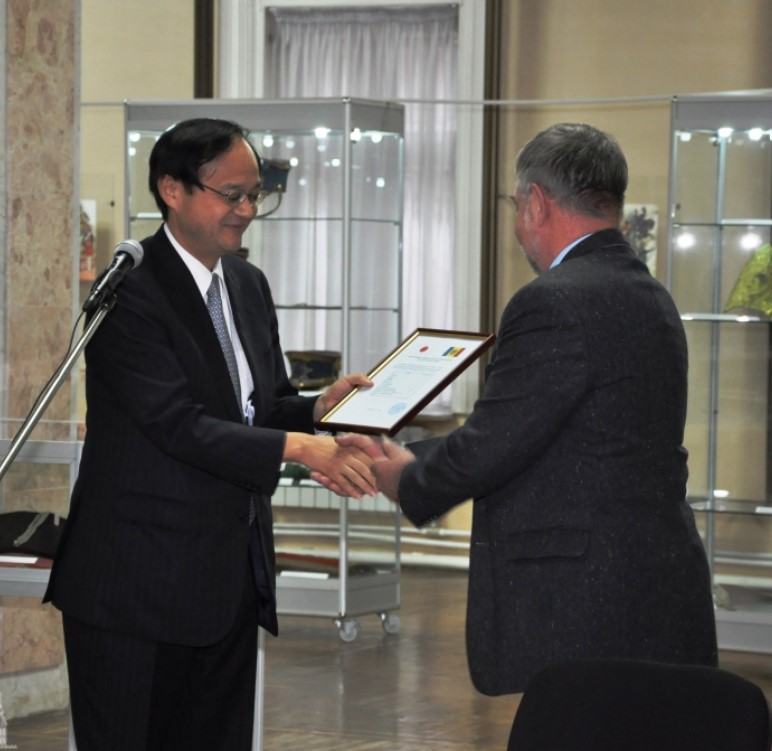
2008-2010
In collaboration with Deutsches Forschung Gemeinschaft (Bonn) and Institut Praehistorische Archaeologie, Frei Universitat (Berlin) in the period of July 1 – August 31, 2008 there were conducted archaeological field excavations in the Late Bronze Age settlement from Odaia (Drochia district, Republic of Moldova). Interdisciplinary studies: accumulation of soil samples to perform chemical, palaeobotanical, and palaeozoological analysis to determine the palaeoeconomy of the Late Bronze Age...
|











 31 August 1989 St., 121 A, MD 2012, Chisinau, Republic of Moldova
31 August 1989 St., 121 A, MD 2012, Chisinau, Republic of Moldova



